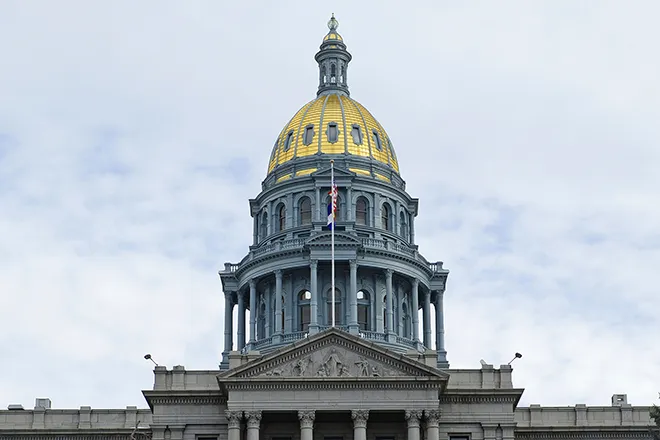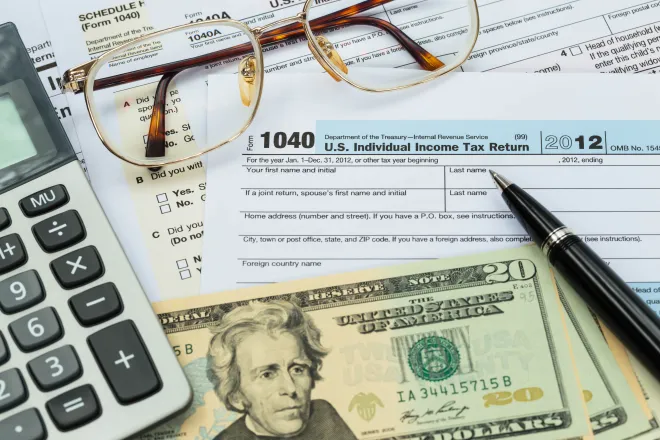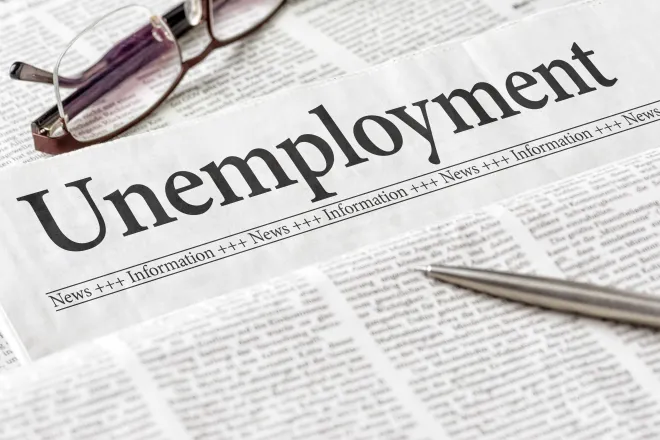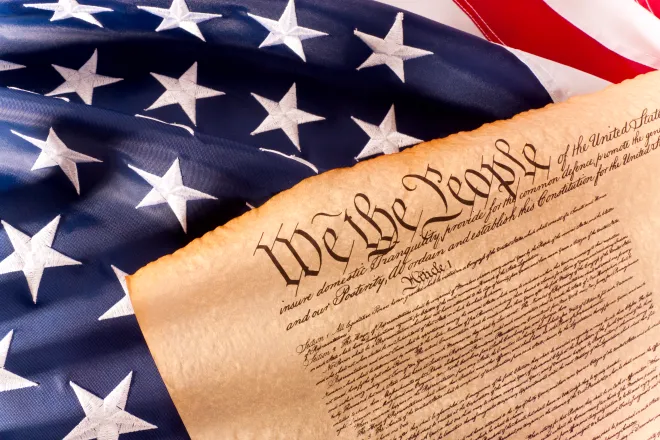
Commentary - Colorado can lead the way in addressing the climate and public health impacts of landfills
When it comes to slowing the impact of climate change, reducing as much methane as we can, as fast as we can, is the most impactful and cost-effective action we can take. After working to reduce this highly polluting greenhouse gas from Colorado’s coal, mining, oil, and gas sectors, the administration of Governor Jared Polis just took a major step toward reducing the mountains of methane emanating from an overlooked source: landfills.
Every year, Colorado’s landfills emit an estimated 4.5 million metric tons of carbon dioxide equivalent of methane — the same climate impact as adding a staggering 1 million gas-powered cars to the road. In addition to methane, landfills leak leachate and a cocktail of pollutants into nearby communities, often disproportionately affecting people of color and low-income residents who already shoulder the heaviest burdens of climate change.
For example, 45 percent of Colorado’s landfills are located near communities where a higher-than-average number of households have low household incomes. The toxic pollution from landfills puts these residents at increased risk of respiratory and cardiovascular conditions and often is on top of other cumulative impacts. More than half of Colorado’s landfills are located in areas where asthma, cancer and melanoma rates are higher than the state average.
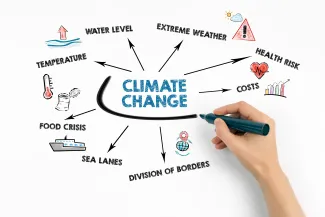
The impacts of these landfills are more than just statistics: Across the country, residents who live near landfills routinely report chronic respiratory conditions, migraines and more. Fortunately, earlier this month, the Colorado Department of Public Health and the Environment released a new draft of emissions standards for landfills that raise the bar for landfill management and will result in cleaner air for millions of Coloradans. The state’s Air Quality Control Commission voted to advance these draft regulations and is on track to finalize updated standards this August.
CDPHE’s draft rule gets a lot right. For starters, it includes smart provisions like more effective gas collection systems, a significantly reduced threshold for what constitutes a methane exceedance, and landfill cover practices designed to keep methane in the ground. It also closes loopholes that allow pollutants to escape. For example, EPA research reveals that half of the carbon in food waste degrades into methane within 3.6 years. Yet, current state standards allow five years to pass before expanding gas collection systems. This timeline mismatch enables huge amounts of methane to escape into the atmosphere, and CDPHE’s standards propose making a simple but necessary fix. Finally, in a nationwide first, the draft rule includes language requiring landfill operators to mitigate large methane leaks identified via satellite or aerial surveys.
However, while CDPHE’s rule takes meaningful steps to modernize how landfills find and control methane, there’s still further to go. Because methane is invisible, it’s often hiding in plain sight. Huge advancements in methane monitoring technology make finding and fixing emissions easier than ever. Yet, despite the availability and cost-effectiveness of advanced detection tools like drones and sensors, CDPHE’s proposed rule makes using such technology optional rather than a required best practice. I hope to see the final rule rise to the occasion by embracing cutting-edge technology and leading the industry — and the country — into the future.
Colorado is no stranger to bold climate action. During my tenure as governor, I signed over 50 bills that transformed our state’s energy sector to be sustainable and secure, including legislation that expanded our renewable energy portfolio and helped transition the state away from coal. Now, as we face the challenge of landfill methane emissions, the state is poised to lead the nation once more and provide a blueprint for other states to follow. We have the tools and the technology to mitigate methane pollution, and the time to act is now. I urge the Air Quality Control Commission to pass and implement an ambitious, science-backed landfill emissions rule and provide cleaner air for millions of residents across the Centennial State.






